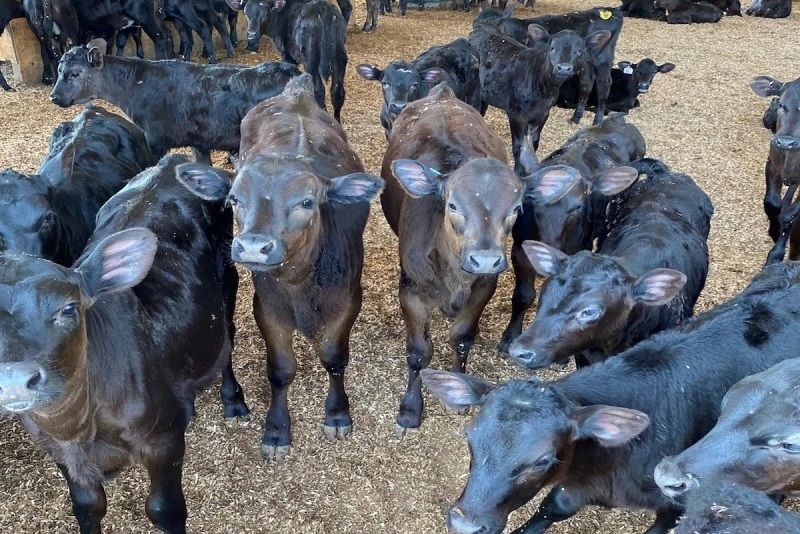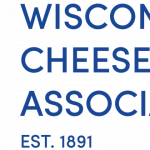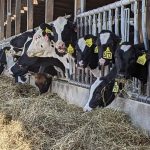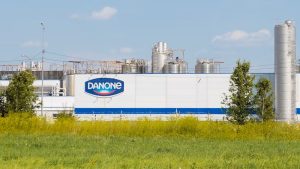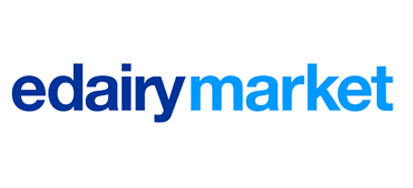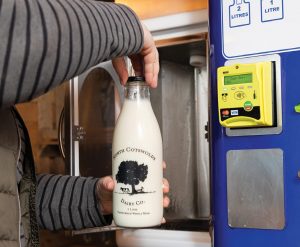
New research challenges market premiums for hybrid animals, revealing disparities between cost and performance in the evolving beef and dairy sectors.
The burgeoning trend of beef-on-dairy crossbred animals is under the microscope, with new research from Michigan State University questioning whether their currently high market prices truly align with their economic value. While these hybrids offer undeniable advantages in feed efficiency and carcass performance, studies indicate that the premiums paid in the market often exceed their actual worth, creating a complex challenge for agribusiness stakeholders.
For dairy farmers, utilizing beef-on-dairy breeding has become a strategic business move. Melanie Concepcion, a Ph.D. student at Michigan State University, points out that this approach generates new revenue streams from lower-producing cows by improving the muscling, hide quality, and overall market desirability of Holstein calves. These crossbreds now represent a significant portion of U.S. beef production, contributing an estimated 15% to 20% of the total annually, highlighting their impact on dairy economics and beef supply chains.
Performance-wise, research confirms several benefits: beef-on-dairy steers typically achieve market weight faster, convert feed more efficiently, and exhibit larger ribeye areas with lower yield grades when compared to purebred Holsteins. These metrics consistently demonstrate superior muscling and overall carcass quality. However, a notable concern that emerged from the studies is a higher incidence of liver abscesses in beef-on-Holstein steers, which can lead to trimming losses and subsequently reduce overall carcass value.
From an economic standpoint, the research paints a clear picture: while beef-on-dairy calves are inherently more valuable than purebred Holsteins, the market often overpays for them. The prices currently commanded in the market frequently do not align with their actual feedlot performance or the final carcass returns. This pricing disparity underscores a need for more precise valuation tools within the live cattle market.
Further research explored dietary interventions, finding that increasing corn silage to 40% in the finishing diet significantly reduced liver abscesses in beef-on-Holstein steers, without negatively impacting feed efficiency or cost of gain. Despite these performance improvements, the article concludes that a fundamental issue persists: buyers are often overpaying for these calves compared to their break-even value. This suggests the market requires improved mechanisms to accurately price beef-on-dairy animals based on their true economic contribution.
Source: Dairy Herd: Are beef-on-dairy animals really worth the high price tag?
You can now read the most important #news on #eDairyNews #Whatsapp channels!!!
🇺🇸 eDairy News INGLÊS: https://whatsapp.com/channel/0029VaKsjzGDTkJyIN6hcP1K
